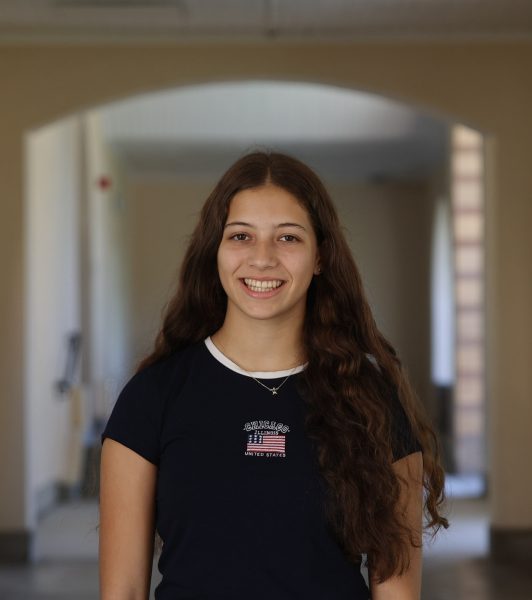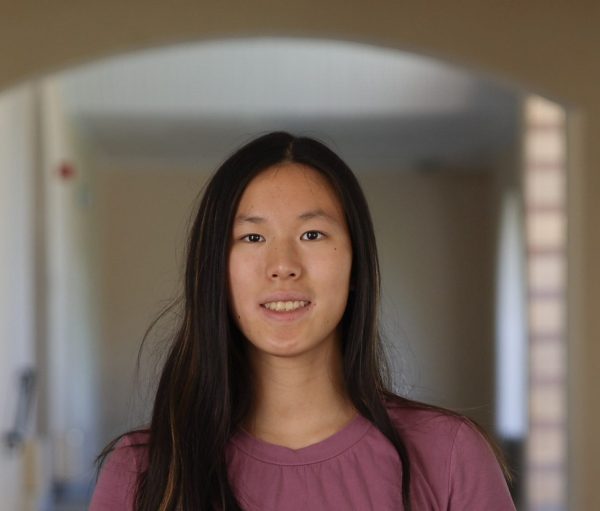The school district, in a move to encourage student learning in AI, has made Gemini available to all students and staff in Palo Alto Unified School District starting Jan. 13.
This new AI tool can be found in Google Workspace for Education and is also placed conveniently in Schoology for easier access.
Palo Alto High School Assistant Principal Michelle Steingart told The Paly Voice that the education version of Gemini, known as Gemini 13+, is separate from the public version of Gemini.
“With the district’s implementation of Gemini 13+ for Education, all high school students now have access to a generative AI tool that is safe, secure, and designed for educational use,” Steingart said. “Personal accounts do not provide the same level of data protection or content safeguards.”
Junior David Wu says making Gemini available to students sends a message of embracing new technology rather than avoiding it. He acknowledges this but stresses the importance of responsible AI use.
“It [adding AI to student accounts] sends the right message — that we are embracing new technologies such as AI, rather than banning them or shying away from them,” Wu said. “However, I do think that students need to learn how to use AI responsibly, including by not trusting everything that AI says as fact, and learning how to use it most effectively.”
According to Steingart, AI use at school is determined by individual teachers, which can vary class by class.
“Acceptable use may vary depending upon content area and specific assignments or assessments,” Steingart said. “We encourage open and transparent communication between students and teachers about the use of generative AI tools.”
According to Christopher Farina, history and psychology teacher, this version of Gemini can protect student data better than the regular version, as their conversations will not be used to train future Gemini models.
“This [Gemini] is being offered to schools, and schools have higher privacy bars that they have to meet,” Farina said. “In our case, whatever you put in there is not going to be used to train Gemini, so all that information just stays sandboxed within our school.”
For instance, according to English teacher Karin Kolb, she approves with the use of AI. However, she said that students should use it only after they have learned to do the work themselves.
“I told them [students] they cannot use it [AI] because I want them to learn how to do these things themselves,” Kolb said. “So if they did have AI help them somewhere along the line, they would know what they’re supposed to be doing, and they can make sure that AI is not giving them something wrong.”
According to Wu, he plans to use AI solely for understanding specific concepts, not for completing the work.
“The goal is for AI to make students learn better, not serve as a substitute for their work,” Wu said. “My philosophy is that if using AI helps you the student understand the concept better, then you should use it. Otherwise, it’s much better to take the time and effort to learn and understand concepts yourself.”
Sophomore Ivanka Kumar uses AI and said it is a helpful tool that improves efficiency.
“AI summarizes information really well,” Kumar said. “It gives you a broader perspective. It really allows you to spend your time more efficiently because you can get the core things done, and you can add on your personality, for example, towards it.”
According to Farina, the school has considered the ramifications in introducing AI in classrooms. Farina said that AI can be used to simplify dense text into more understandable language or translate words into other languages.
“We’re generally taking the approach of ‘nothing’s ever going to be perfect’, but I think with good oversight and good teaching, the pros are going to outweigh the cons,” Farina said. “Students who are using it in the right way are ultimately going to be the ones that experience the greatest benefit and growth as students.”


![Sophomore Ivanka Kumar prompts Gemini AI to introduce itself. According to Christopher Farina, history and psychology teacher, Gemini AI can also be used to provide more one-on-one support for students who need more help. “[The goal is to] make it easier for students to be able to use it as a tutor, ... [and as] something that the students could use to help themselves learn better,” Farina said.](https://palyvoice.com/wp-content/uploads/2025/02/IMG_20250207_124746-e1739079040251-1200x896.jpg)

